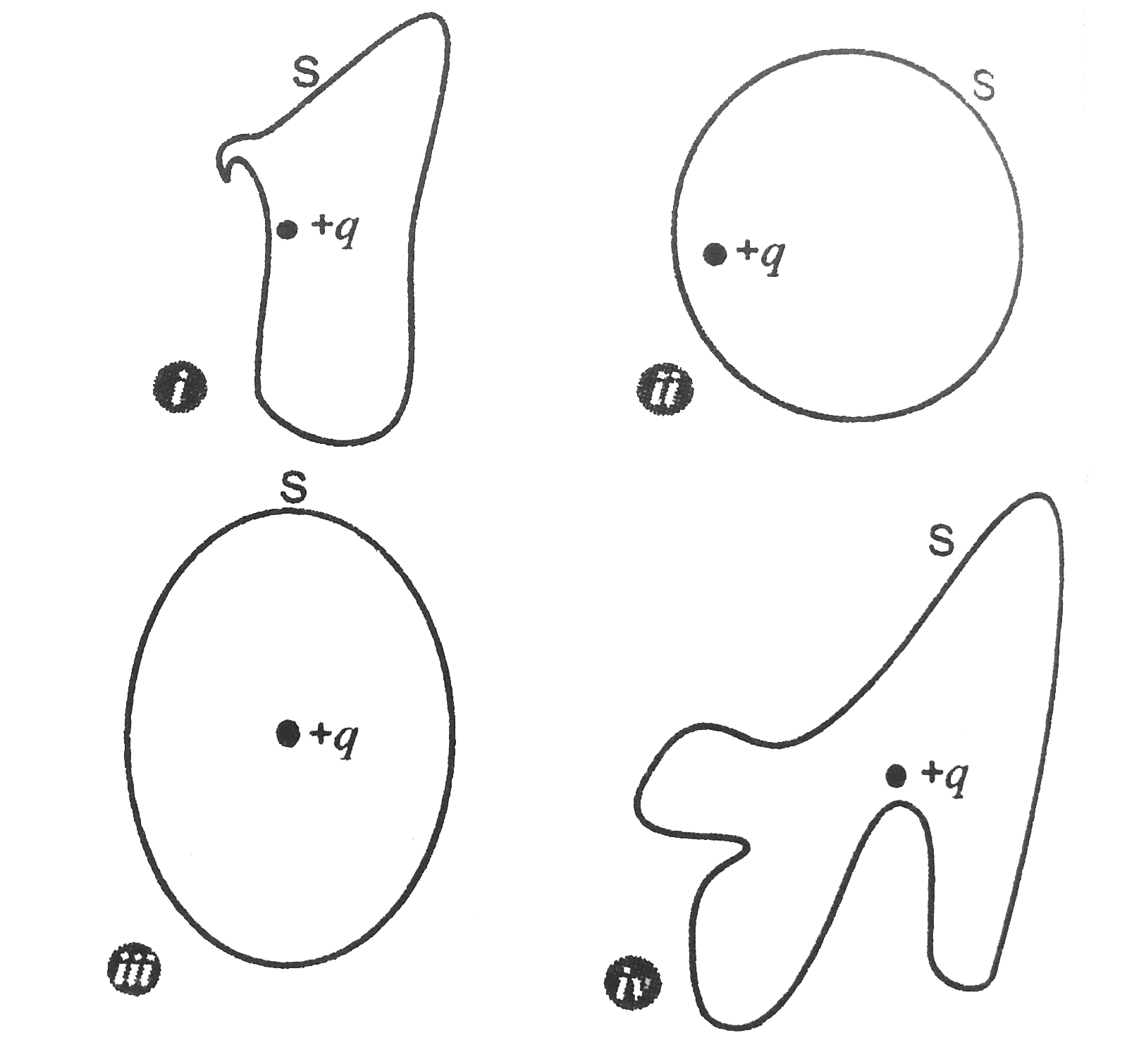When a 10 μC charge is enclosed by a closed surface, the flux passing through the surface is ϕ. Now another 10 µC charge is placed inside the closed surface, then the flux passing through the surface is ______.
4ϕ
ϕ
2ϕ
zero
The correct Answer is:C
To solve the problem step by step, we will use Gauss's law, which states that the electric flux (Φ) through a closed surface is directly proportional to the charge (Q) enclosed within that surface. The relationship is given by:
Φ=Qε0
where:
- Φ is the electric flux,
- Q is the total charge enclosed,
- ε₀ is the permittivity of free space (a constant).
Step 1: Calculate the initial flux (Φ) with the first charge
When a 10 µC charge is enclosed by a closed surface, we can calculate the initial flux (Φ) using Gauss's law.
Φ=Qε0=10×10−6Cε0
Step 2: Add the second charge
Now, we introduce another charge of 10 µC inside the same closed surface. The total charge (Q_total) now becomes:
Qtotal=10μC+10μC=20μC
Step 3: Calculate the new flux (Φ')
Using Gauss's law again, we can calculate the new flux (Φ') with the total charge:
Φ′=Qtotalε0=20×10−6Cε0
Step 4: Relate the new flux to the initial flux
We can express the new flux in terms of the initial flux:
Φ′=2⋅Φ
This means that the new flux is twice the initial flux.
Final Answer
Thus, the flux passing through the surface when both charges are present is:
Φ′=20μCε0
- Φ is the electric flux,
- Q is the total charge enclosed,
- ε₀ is the permittivity of free space (a constant).
Similar Questions
The electric flux through the surface

View SolutionThe electric flux through the surface

View SolutionThe electric flux through the surface

View SolutionA surface enclosed an electric dipole, the flux through the surface is -
View SolutionThe net flux passing through a closed surface enclosing unit charge is
View SolutionIf the magnetic field is parallel to a surface then, the magnetic flux through the surface is
View SolutionFlux passing through the shaded surface of a sphere when a point charge q is placed at the center is (radius of the sphere is R)

View SolutionIf a charge is enclosed by the surface of the sphere then total flux emitted from the surface will be:
View SolutionA surface encloses an electric dipole. The electric flux through the surface is
View SolutionA charge Q μc is placed at the centre of cube, the flux coming out from any surfaces will be : -
View Solution
